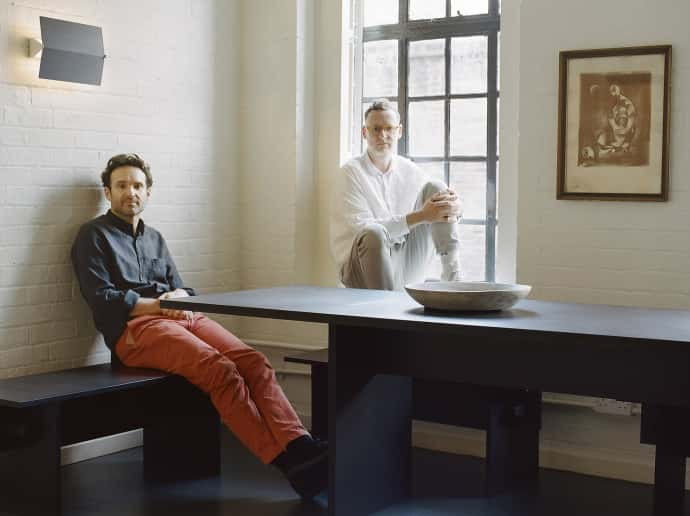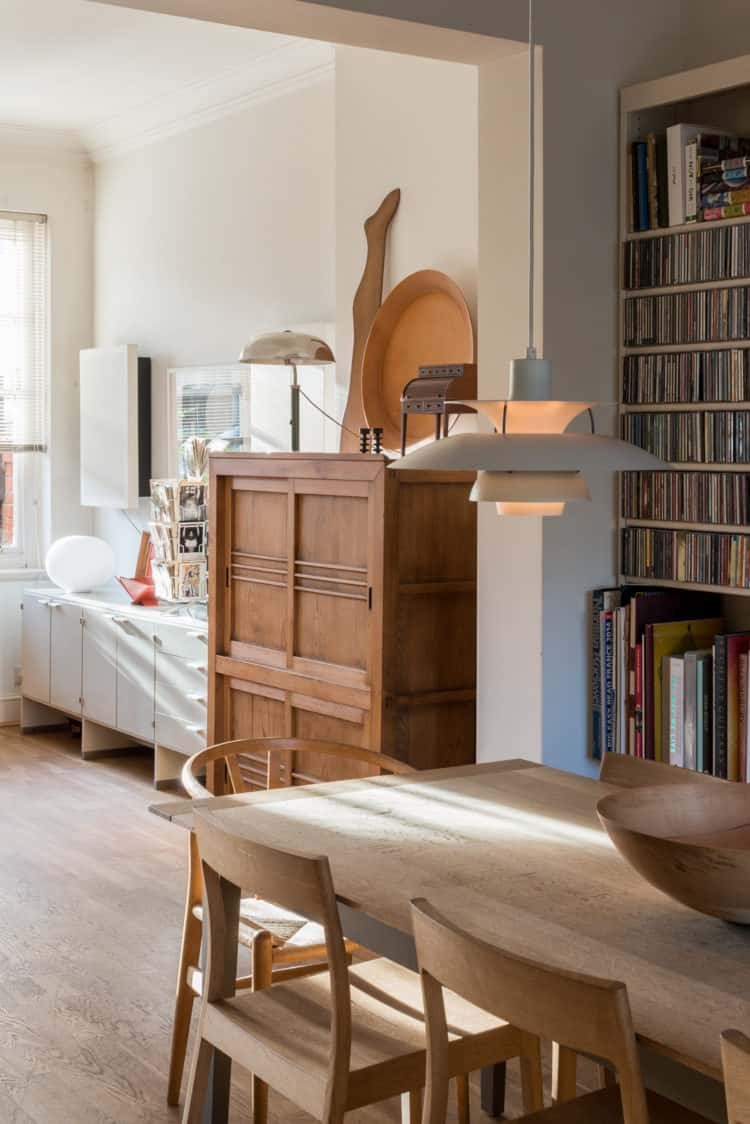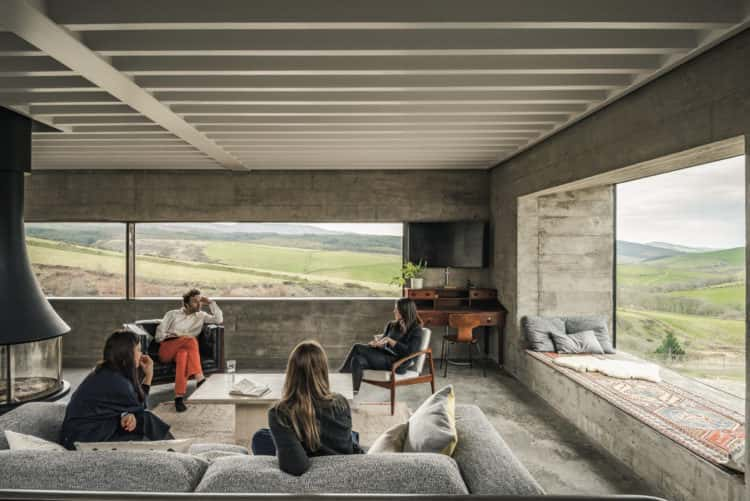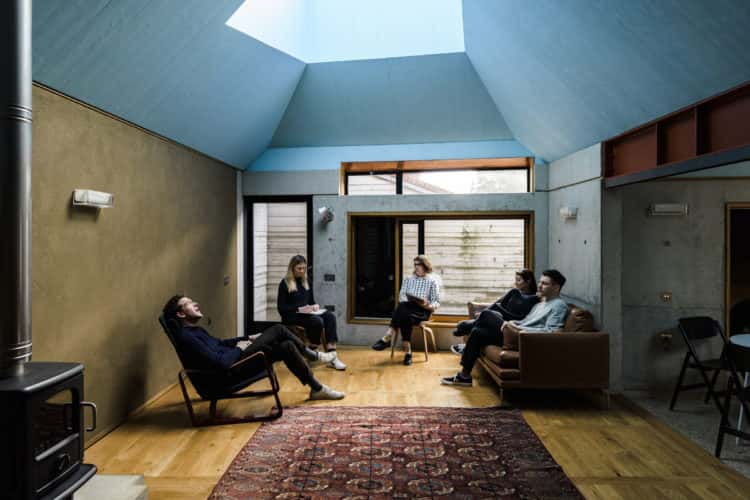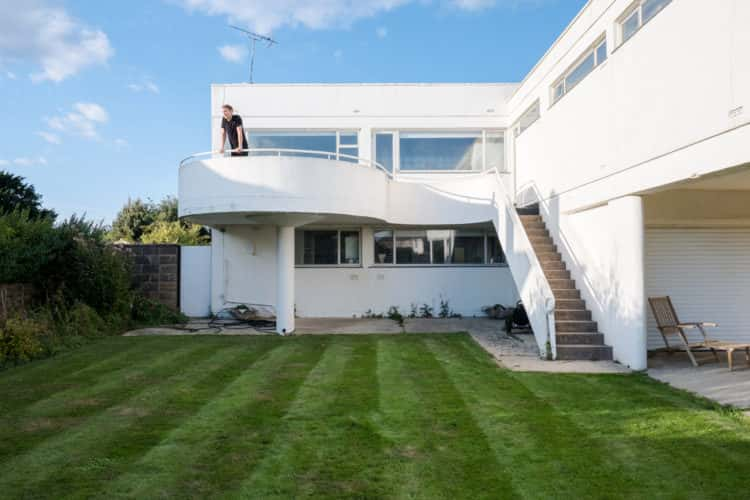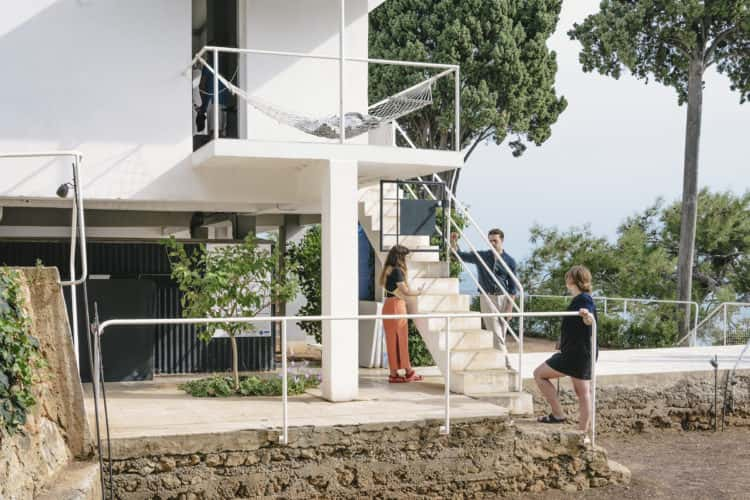Field Work: we dispatch our team to work and stay at The Pump Station in Dungeness
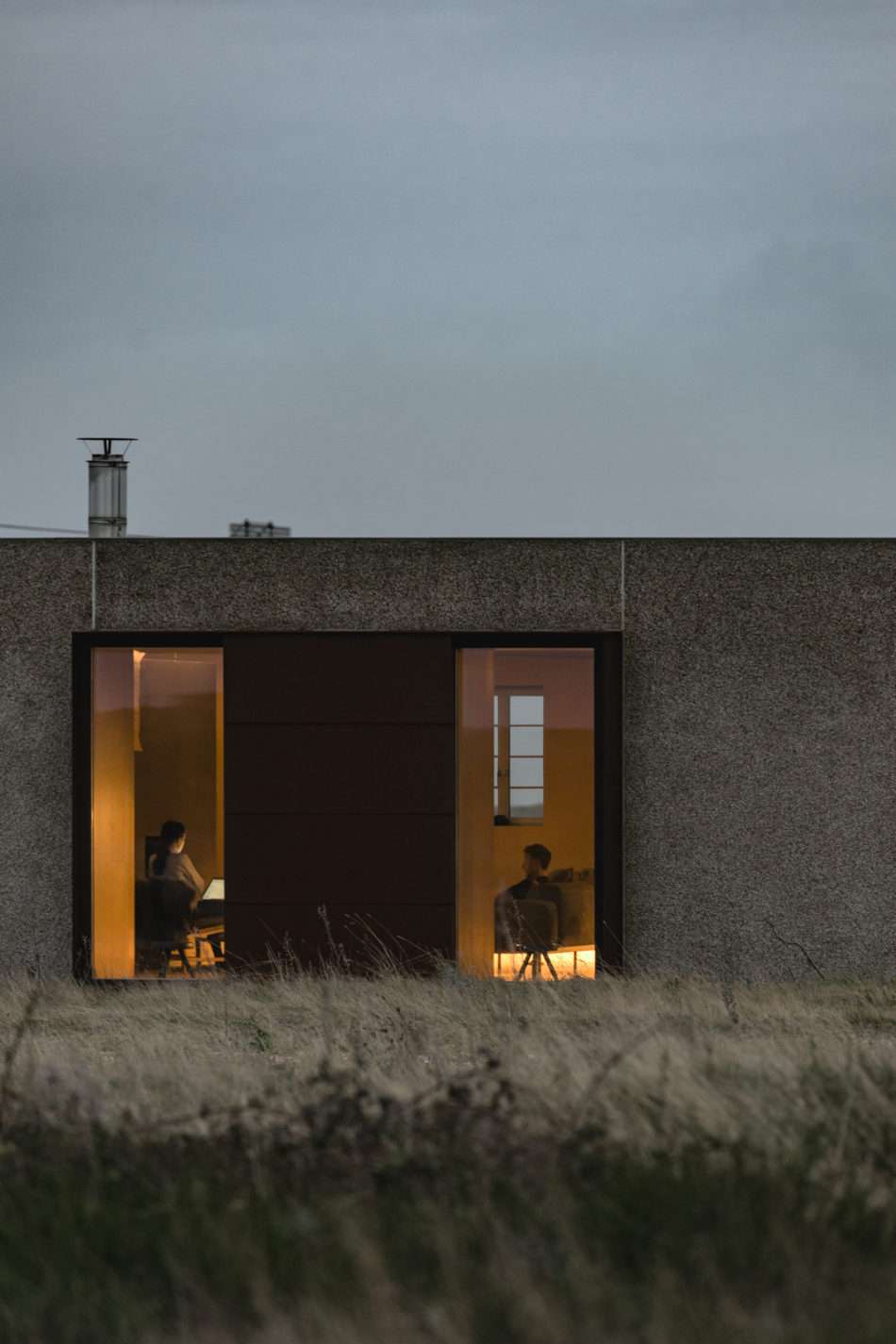
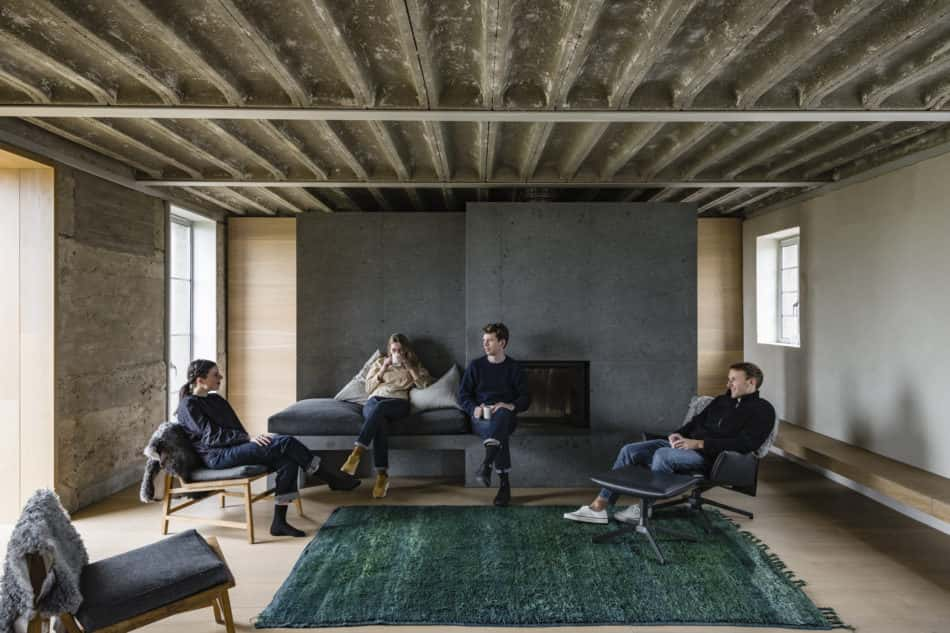
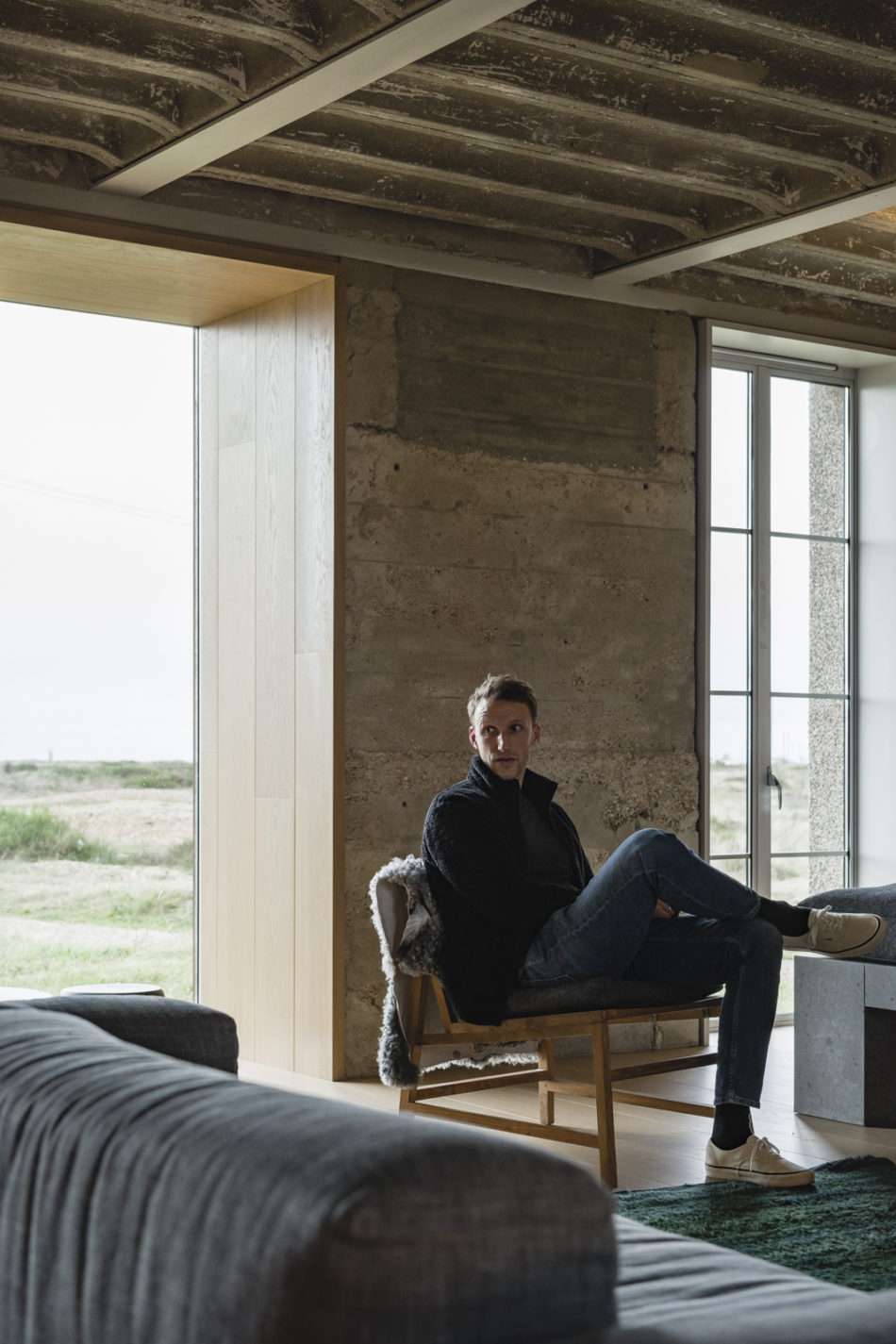

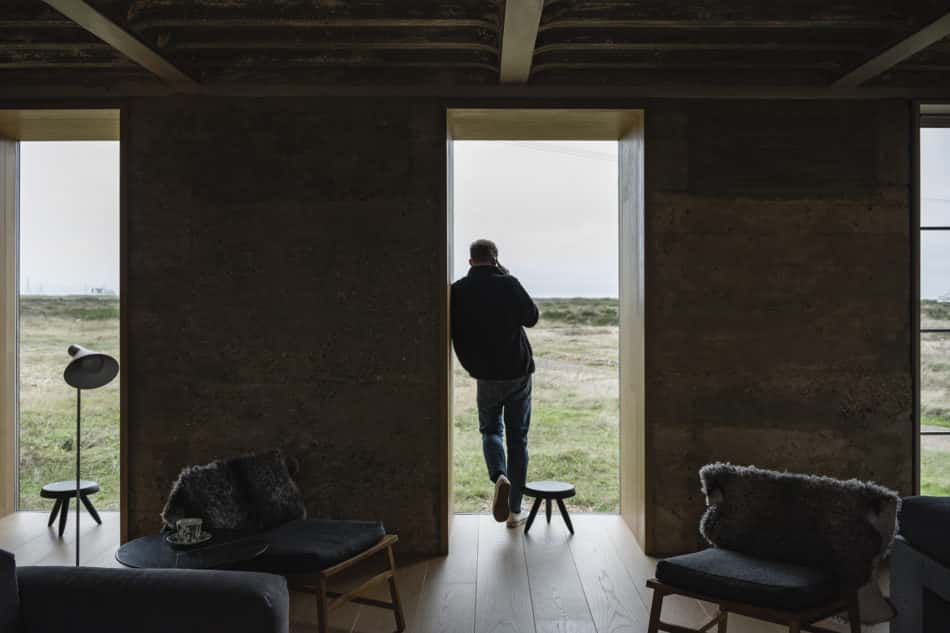
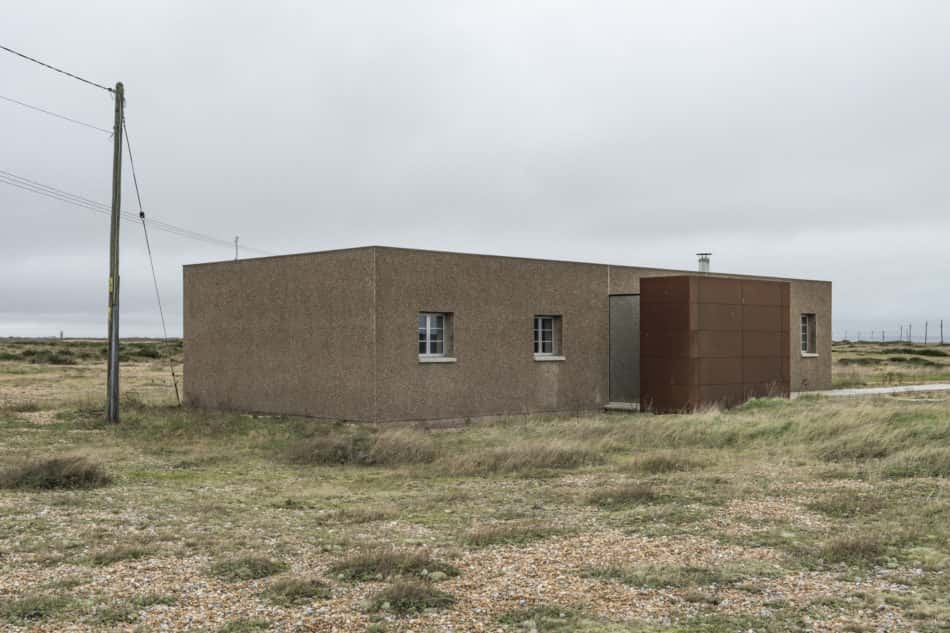
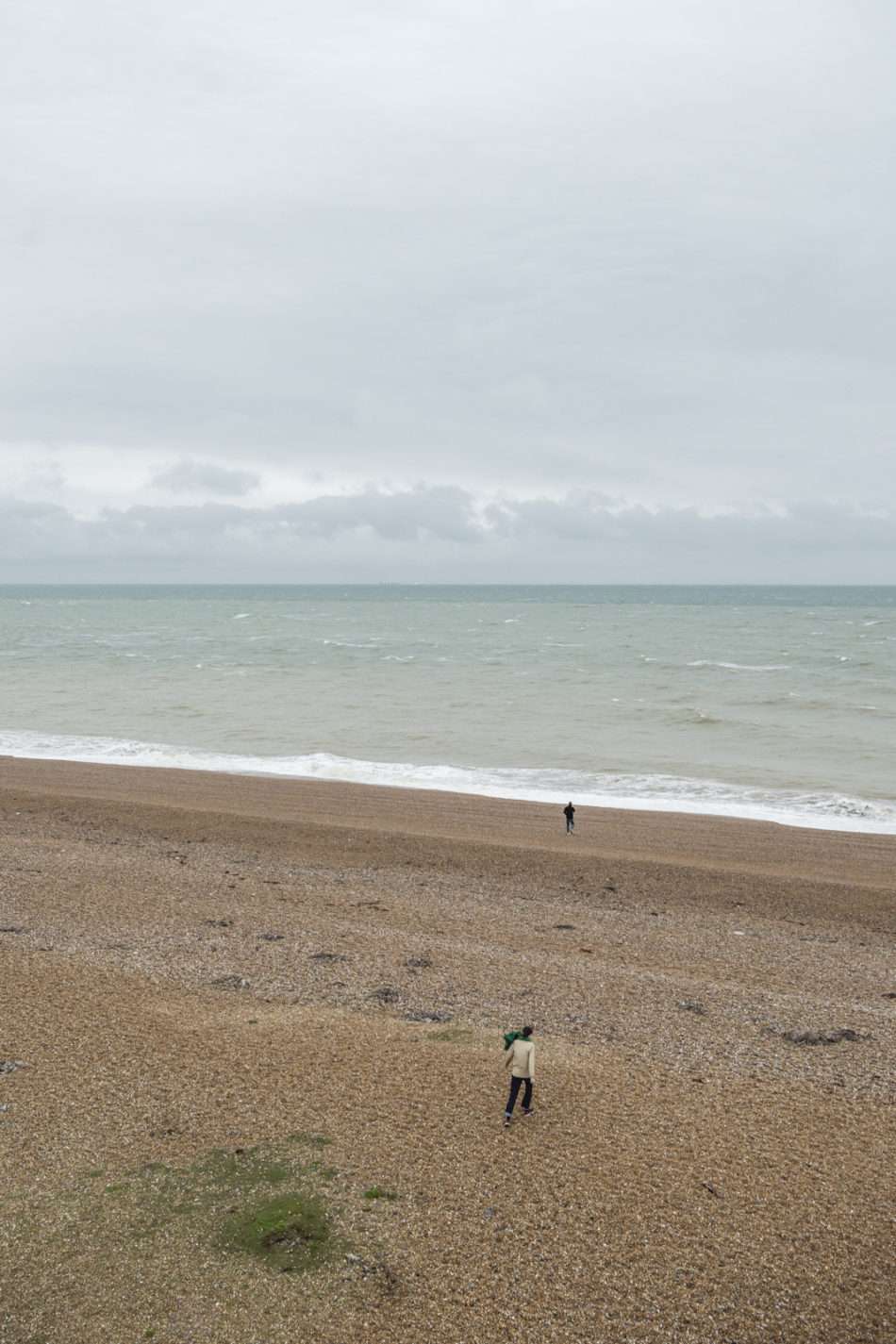

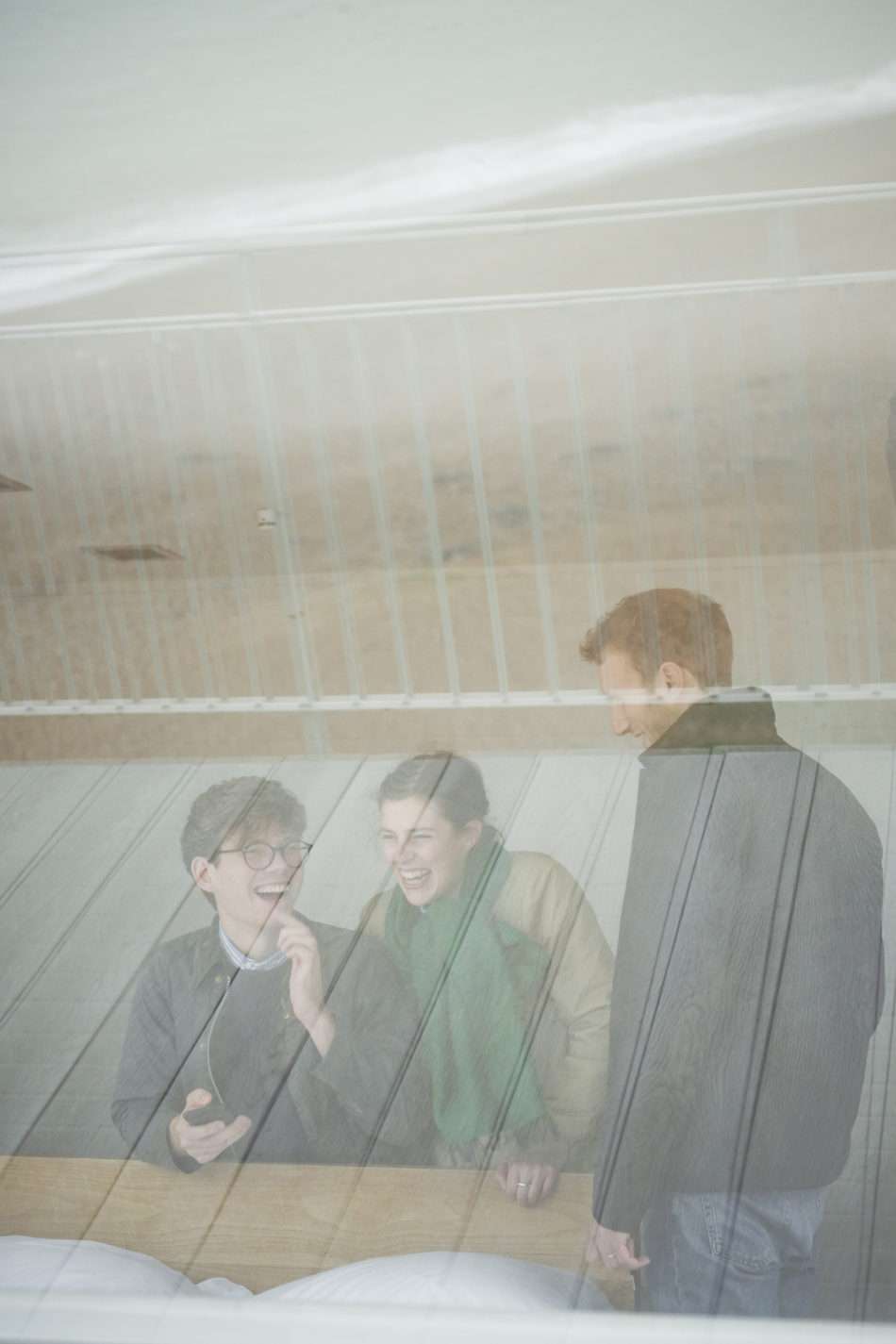
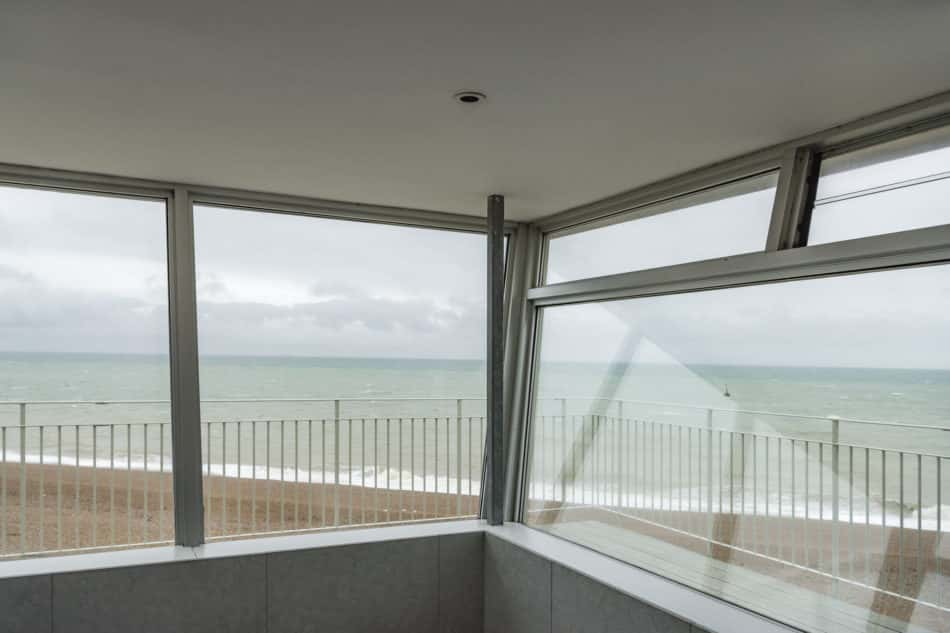
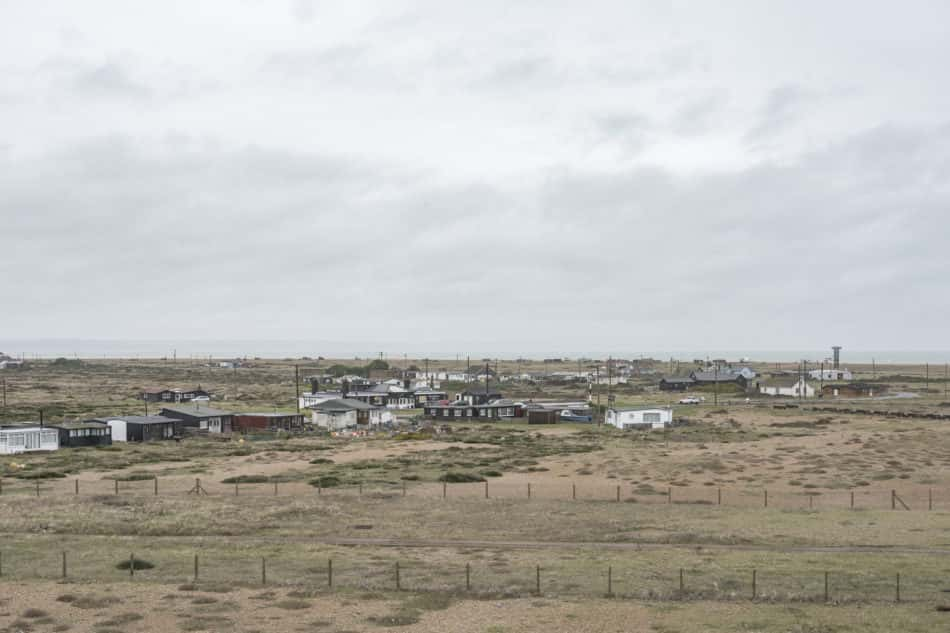
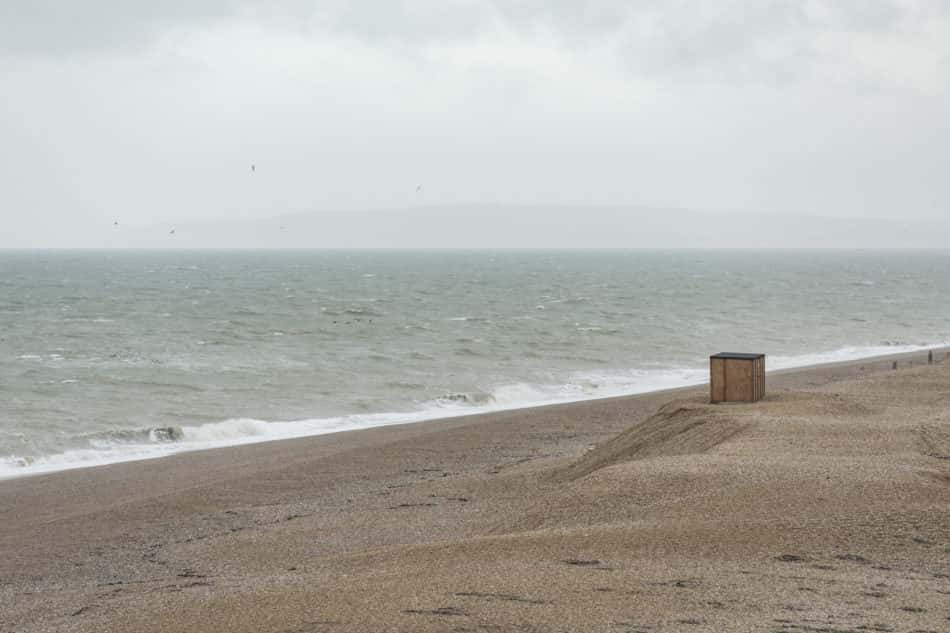
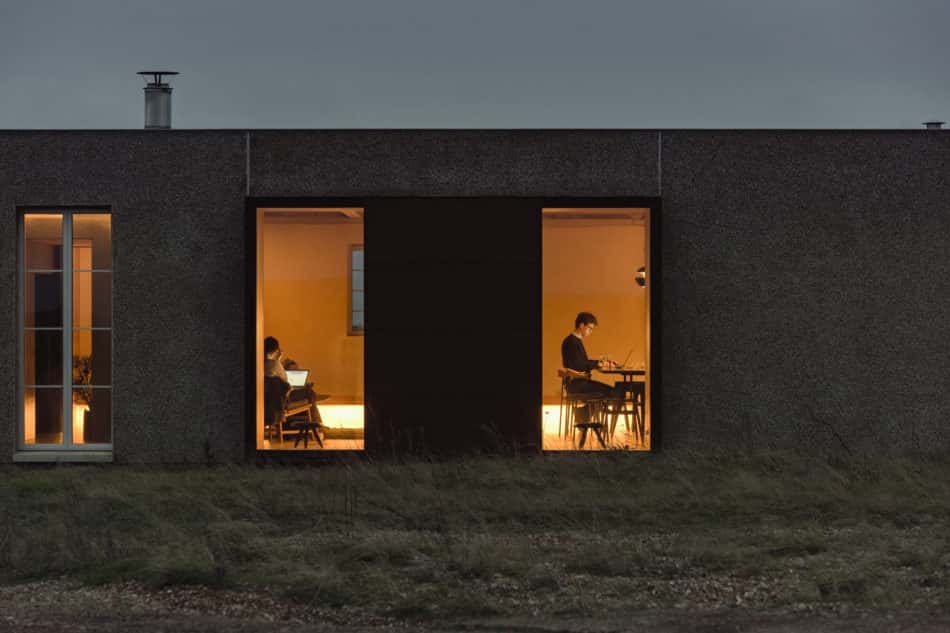
Field Work sees us send groups of our team to work from architecturally-interesting homes across the country.
At the end of last year, we sent Director of Home Sales Rosie Falconer, Head of Appraisals Charlie Russell, Head of Sales Georgia Grunfeld and Content Editor Charlie Monaghan to stay at The Pump Station, designed by designer Fiona Naylor, in Dungeness.
We previously visited Fiona at The Pump Station for our ‘My Modern House’ series and the trip left us wanting to experience the house overnight for ourselves, so it was a natural pick for Field Work.
As anyone who has visited the peninsula – often erroneously referred to as Britain’s only desert – can testify to, the stark, weather-beaten landscape is immediately captivating.
“Having never been to Dungeness before, I was quite surprised by how beautifully bleak and grey it is,” says Georgia.
“I was struck by the fact that for a lot of people, Dungeness would be considered one of the ugliest places in the country. It couldn’t be further from the Cotswolds, or our received ideas about idyllic countryside retreats.
“But, at the same time, it has this real hold, and you can understand why people want to preserve every element of it.”
Approaching the house from the road, Charlie Russell says that it is easy to miss. “It’s very different to the current vernacular of deep black, severely-profiled houses in the North Vat and Shingle House style.
“You drive past the fishing shacks and the lifeboat station and then, out of the corner of your eye, you see this discreet, low-level, pebble dash structure; it doesn’t give away much from the outside.”
The December day was grey, wet and windy when the team arrived, with conditions not favourable to spending much time outdoors.
As we discovered when we visited Fiona, however, the interior design of her various projects in Dungeness very much account for and respond to the often-extreme weather conditions the headland is exposed to.
Using a restrained palette of materials, atmospheric lighting and well-picked furniture, Fiona’s design makes for a warm, inviting space.
“What’s odd about the house is that, for most of us, it felt like one of the most luxurious places we had ever stayed in,” says Georgia.
“But it doesn’t feel over indulgent or fancy, and because of the barren, harsh landscape, it just feels necessary to endure the elements.”
“Also, the house isn’t really about the view,” says Charlie Monaghan. “The views from the house are enough to establish a contrast between outside and in, but so much of the enjoyment of being in the house is to do with feeling appreciative of the shelter and protection, rather than looking out.”
“I also thought it was a cross between a sanctuary and a cocoon,” says Rosie. “To knuckle down and concentrate on work in, the house was perfect because being completely isolated meant there were no distractions.”
Venturing out, the team went to see Fiona’s other projects, which include Coastguard Lookout, Fog Signal, Experimental Station and the soon-to-be-opened Radar Station.
“Even though we walked around for a while, I don’t remember seeing anyone, except from a distance,” says Charlie Monaghan. “We felt isolated in the best possible way.”
“Yes,” says Rosie, “being there didn’t make me want to connect with the outside world or go on the internet. I was quite happy to be disconnected – it’s a great place to switch off.”
